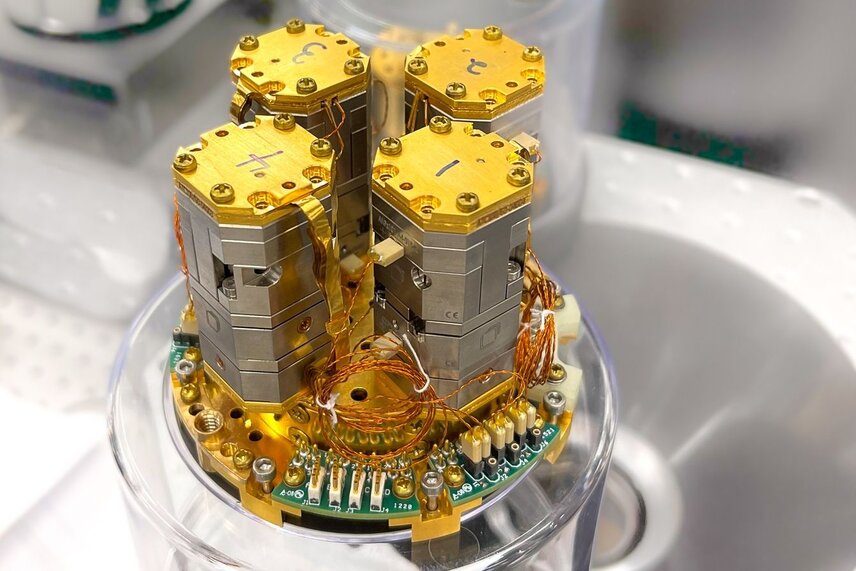
Electronics that operate at low temperatures are commonly referred to as cryogenic electronics. Their importance has increased significantly in recent years due to the interest in the development of quantum computing technologies that go beyond CMOS, as well as for use in other domains, such as space. In quantum technologies it is often necessary to cool the quantum bits, the qubits, to cryogenic temperatures in order to extend the time over which they can operate. Therefore, it is essential to develop electronic components that can operate at the same low temperatures to guarantee the proper performance of future quantum computing systems.

The Fraunhofer Institute for Photonic Microsystems IPMS in Dresden and the Max Planck Institute of Microstructure Physics (MSP) in Halle have been working together since the beginning of this year on the project "CONDOR - Superconducting spintronic devices for cryogenic electronics". The cooperation program combines the excellent materials and device expertise and deep understanding of spin-based phenomena in Prof. Stuart Parkin's group at the Max Planck Institute of Microstructure Physics with the application-oriented research and infrastructure capabilities of the Fraunhofer IPMS. The novel cryogenic components to be developed in the three-year project will enable low-energy superconducting electronics for stand-alone superconducting computer systems as well as for integration with emerging quantum computer systems.
The CONDOR project aims to develop a novel superconducting switch that can be used in cryogenic logic and memory devices. The switch is formed from a narrow superconducting wire to which a gate voltage is applied. The project will first unravel the origin of the suppression of superconductivity in such nanowires by the gate voltage and, thereby, develop superconducting field-effect transistors in both lateral and vertical geometries that operate at CMOS-compatible voltages. Finally, these cryogenic transistors will be used both as logic elements and as switches for accessing magnetic memory elements to enable cryogenic non-volatile memories with low power consumption. The memory devices are magnetic tunnel junctions specially designed to operate at low temperatures. These novel cryogenic logic and memory devices will thereby enable cryogenic electronic chips using superconducting materials and phenomena. The final goal of the project is the realization of components based on low-energy superconducting electronics that can be used, at wafer scale, for autonomous superconducting computing systems, as well as for emerging quantum computing systems.
Franka Balvin, Fraunhofer IPMS
press@ipms.fraunhofer.de
The QuGANTIC project supported by the EU/EIC has officially launched with a kick-off meeting that took place on 12-13 April …
DNA is not only the basic medium for storing genomic information, but can also be used to store binary data. …
Quantum technology and its applications are gaining relevance day by day and form the fundament for future technologies. After the successful …